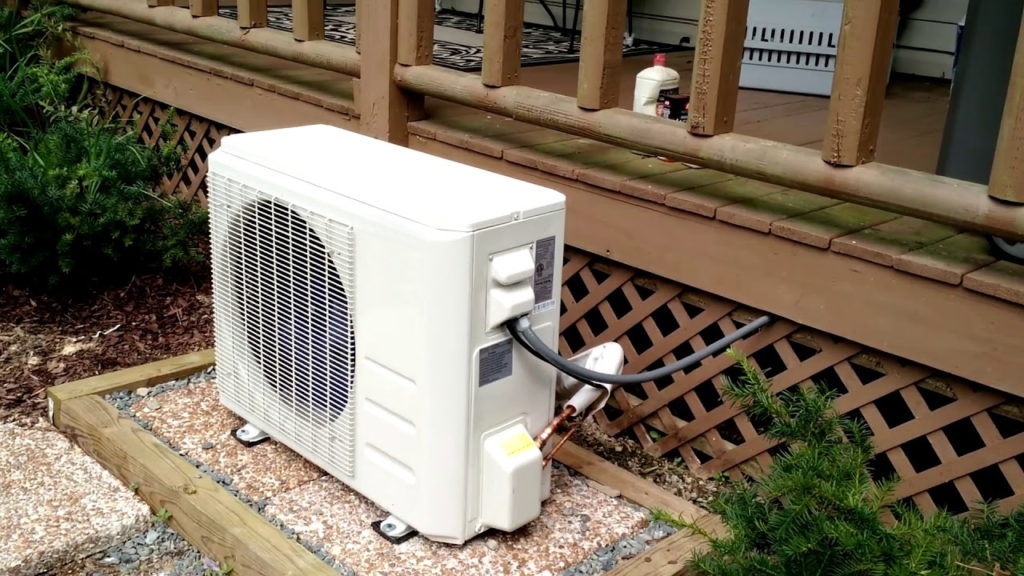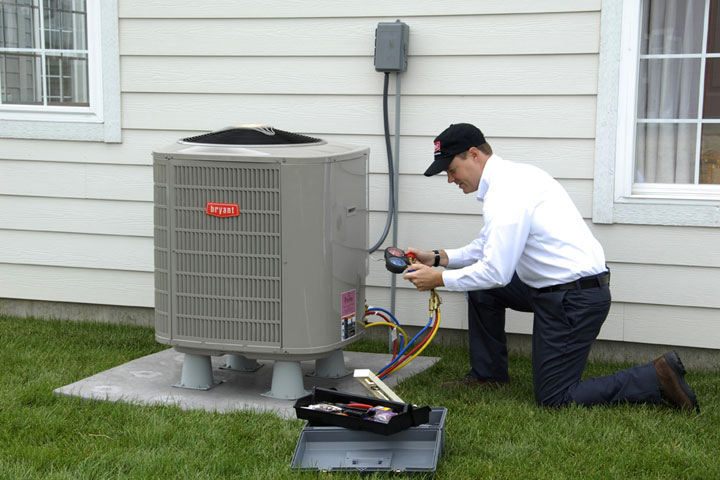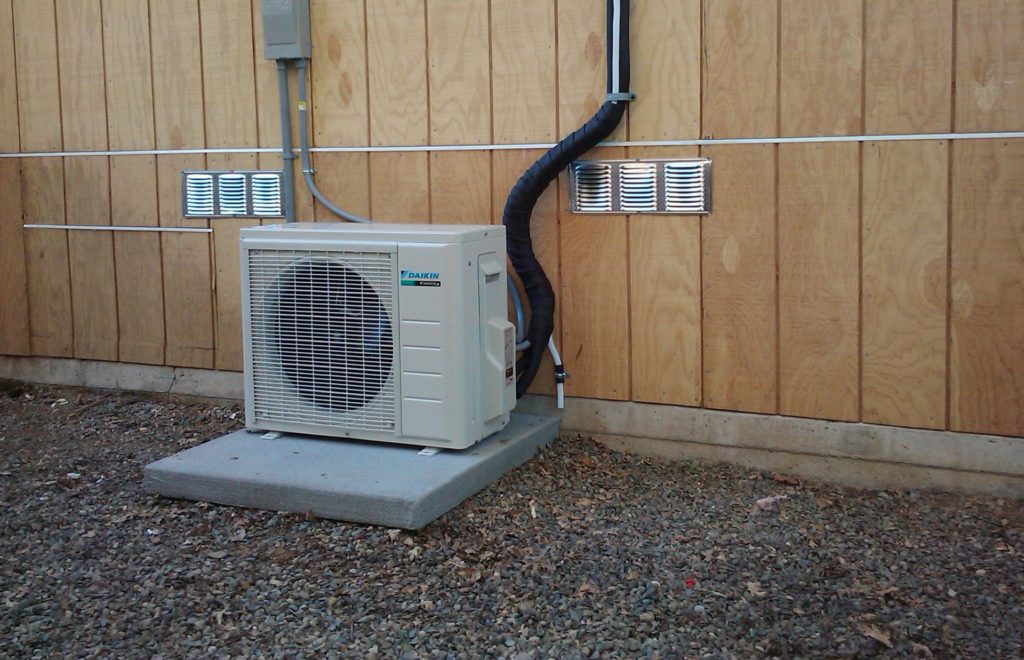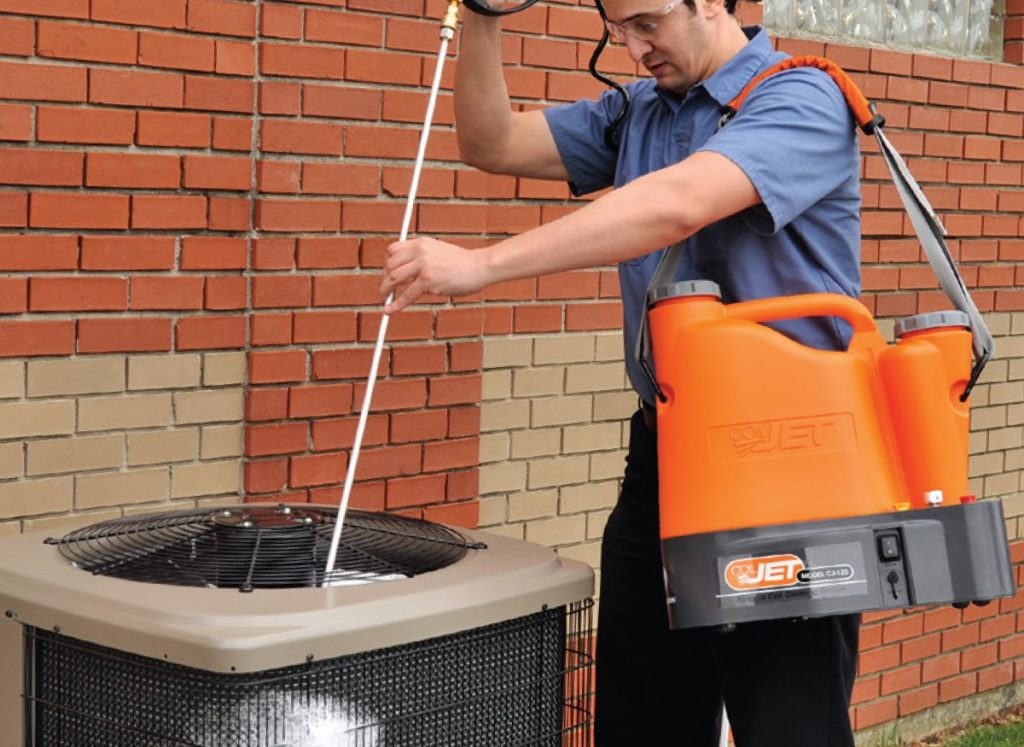

When it’s time to purchase a new heat pump, a lot of questions would pop up as you try to get the best one for your home. You might wonder how the unit works Trusted Source How Heat Pumps Work | HowStuffWorks A heat pump is an essential part of a heating and cooling system. Learn about heat pumps. home.howstuffworks.com and if it can heat your space. One of the main dilemmas is the single-stage vs. two-stage heat pump problem, and many customers find it confusing since they don’t get the difference anyway.
In this guide, we would break down the difference between the single-stage and the two-stage heat pump, their pros and cons, and the one you should go for. We would also touch on what is usually called the third option; the variable speed heat pump. Continue reading below to guide your new heat pump purchase.
Your heat pump does not only control the temperature in your home to keep you cool or warm but also works with humidity control and air filtration. Although temperature control is the main part, the secondary functions shouldn’t be overlooked. This is why you have to decide between the single-stage and the two-stage heat pumps.
By stages, we mean the operating mode of the compressor in your HVAC system. Without the stages, the heat pump can’t work ideally, especially in cooling your home. This means that you have different kinds of compressors depending on whether you use a single-stage or a two-stage heat pump.
The single-stage compressor is where all heat pumps and HVAC systems all started, but the problem with it is that the system only provided the basic functions of heating and cooling. It’s either it’s working at full capacity, or it’s off, so there is no in-between with this compressor.
So, if you’re using a single-stage compressor for your heat pump and you set the thermostat to 65°F, the system would turn on whenever the indoor temperatures reach 66°F. When it goes back to 65°F, it goes back off. It only turns on when the indoor temperature goes past the setting on your thermostat. It would constantly go off and on during the day.
But for heat pumps with a two-stage compressor, there is the medium or in-between setting that the single-stage is missing. It has two speeds that allow it to run at a slower speed during moderate temperatures, offering better efficiency.
Heat pumps work by expanding and compressing a refrigerant in a closed system, and when there is a two-stage compressor, it would open the bypass ports, allowing it to run at a slower speed that isn’t full speed, without having to go off. When you need a high capacity, you can select it, and when you want something lower, you can also click on that with a two-stage heat pump. So, they turn on and off way less often than single-stage units.
The main difference is that the single-stage heat pump features one operating mode, working at full speed and capacity regardless of the cooling demand, while the two-stage unit has two operating modes. It can work at 100% capacity and speed, or it can work at a slower speed, about 60% to 70% capacity.
So, when the cooling demand is low and you use a two-stage compressor, you can better control the temperature, reduce energy consumption, and reduce wear and tear on the components. The two systems have their ups and downsides.
There’s a reason why single-stage heat pumps have been around for so long, but there are also reasons why some people move on to two-stage units instead. This type of heat pump comes with pros and cons which can guide your purchase decision.
On the advantageous side, single-stage heat pumps are highly affordable whether you’re buying, installing, or maintaining. It’s a great choice to go for if you’re on a strict budget, whether you’re buying brand new or replacing.
The heat pump is also straightforward to use since it has only one setting, so it’s great for homes with the elderly or children. They feature a simple design and work ideally in moderate and cool climates.
You can also check the single-stage heat pump you’re buying for other added features. But, the single-stage heat pump is less efficient, especially since it works with a short cycle. Turning on and off many times in a day would increase your energy bill and waste energy.
On the other hand, the two-stage heat pump also features some advantages and disadvantages that can either make or break your decision. One of their main advantages is the efficiency, as they run for longer, leading to even distribution of heat or cool air.
These heat pumps also offer better air quality and humidity, also because they run for a longer time. You can save money on energy bills and conserve energy with a two-stage heat pump. It also has a lower noise level than the single-stage heat pump, going as low as 67 decibels, while the single-stage operates at 72 decibels at least.
Two-stage heat pumps give you more choices than just 100% operation throughout the day and are best for more extreme or hotter climates because of their high efficiency.
Most of the downsides of this heat pump type are tied to the installation and maintenance. Although you call a professional to install, you still have to deal with the high costs of installation, whether it’s first-time or replacement. The units are also more expensive to buy and complicated to fix.
In general, the single-stage system would give you low equipment and repair costs, better durability, high energy consumption and bills, and average efficiency. Then, the two-stage heat pump would give you moderate to high purchase and repair costs, topnotch efficiency, durability, and average energy bills.
Now that you know what the two systems offer individually, it’s best to compare the two-stage vs single-stage compressor heat pumps so you can properly make your decision.
When comparing the 2-stage heat pump vs 1-stage, it’s clear that the former is more efficient than the latter. The single-stage heat pump uses more energy than it needs to cool or heat your house. This is because it’s always running at full speed. But with the two-stage heat pump, it’s more efficient because it’s running on low all the time. You would barely need to select the high-speed setting, which means you can enjoy energy efficiency in the long run.
To understand it better, you can compare these units to cars. A one-stage unit is like a car driving at 100 miles, while the 2-stage is one driving at 60–70. You get better mileage and optimal speed in the latter than the former.
When looking at the cost of a 1-stage or 2-stage heat pump unit in your home, you should consider the cost to buy it and to repair it if anything goes wrong. You might be buying a heat pump for the first time, or purchasing to replace the existing unit in your home. Like all other units, the simpler the design and operation are, the higher the cost. This makes the 1-stage heat pump unit more affordable than the 2-stage.
The same goes for repair costs. Since 2-stage heat pumps are complicated to use, they would also be expensive to repair. The troubleshooting and DIY repair for the single-stage would also be easier to do than the two-stage.
The higher the seasonal energy efficiency ratio Trusted Source Seasonal Energy Efficiency Ratio www.ahrinet.org of a heat pump, the lower the costs to operate. Since single-stage heat pumps have a lower SEER than two-stage pumps, they are more expensive to operate. This is because since the units consume a lot of energy while working, they would also lead to high energy bills over time.
On the other hand, two-stage heat pumps have a high SEER, which means they have lower operating costs. So, you can save more money on your energy bills when you use a 2-stage heat pump. This is because they run consistently for a long time at a low speed.
The two-stage and one-stage heat pumps have very similar durability levels because how well they work depends mostly on the manufacturers. The two units are less likely to break when you use them, as long as you use them properly. It’s important to maintain and service your heat pumps regularly, and this is much easier for the single-stage than the two-stage.
If you don’t use a one-stage or two-stage heat pump, then you would be using a variable-speed heat pump. Variable speed compressors in a heat pump function with an inverter, which can reduce or increase the speed of the motor connected to the cooling or heating load.
The power behind a variable-speed heat pump does not go into the compressor, instead, the inverter would apply a particular voltage to the compressor. This helps it save energy while functioning. These heat pumps are also called modulating.
Variable speed compressors operate regularly at less than 100% speed and capacity. It can go as low as 25% or 30% instead. It does this to maintain your indoor temperature based on the thermostat setting, and so it would run for way longer than the other heat pump units would.
Variable speed heat pumps come with more expensive equipment and repair costs. They are also more likely to break earlier (less durable). But they save a lot of energy, which means low operating costs and energy efficiency.
A variable-speed heat pump does not turn itself off regularly, and the compressor would blow a consistent stream of cold or hot air into your space to maintain the temperature set on your thermometer.
Yes, it does. The type of furnace that you use also matters when choosing the best unit between a single-stage and two-stage heat pump system.
Equipment matching ensures that all parts of your heat pump or HVAC system and furnace are compatible with each other. This is why you might have to upgrade your furnace if you are changing from a one-stage or two-stage to a variable speed heat pump.
So, if your furnace is new, you should go for a heat pump that goes with it so you don’t have to break the bank.
Before you purchase any heat pumps, you should first think about what you need, your budget, and what the two units have to offer. By making the right decision, you can enjoy staying warm in cold weather and cool in hot weather.
To properly make your decision, you can base it on the climate you live in. If you live in hot or warm climates, you can go for a two-stage or variable-speed heat pump since they save money in the long term. Then, you can use the single-stage heat pump for moderate or cool climates, since you might not need it often.





